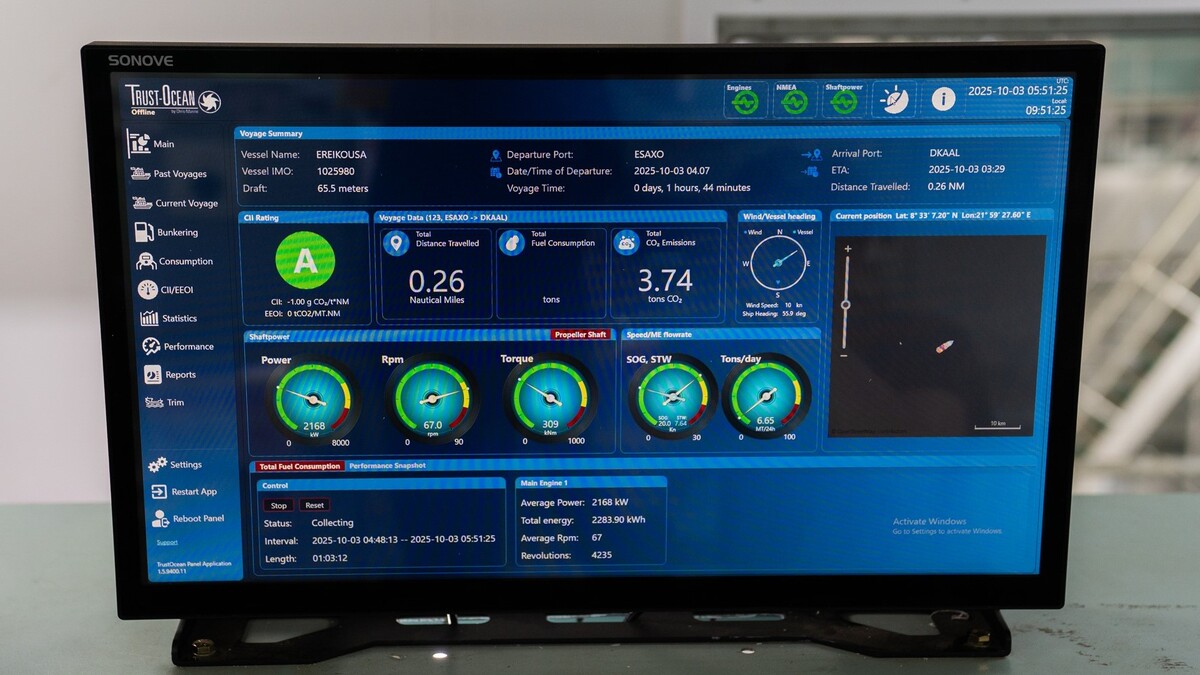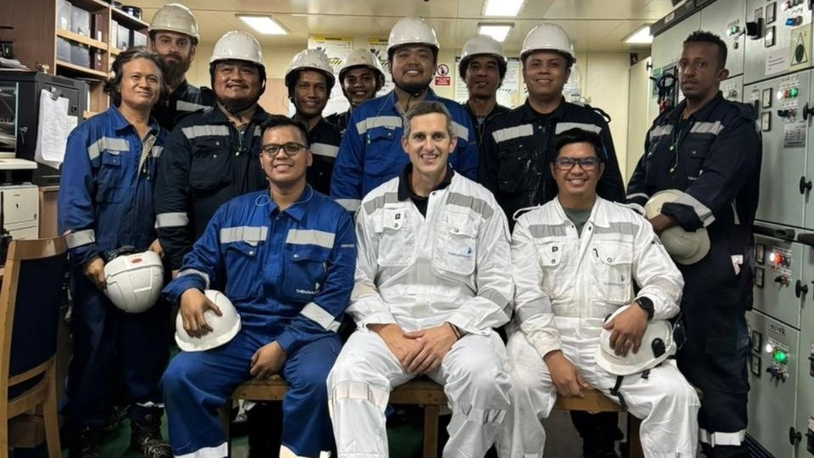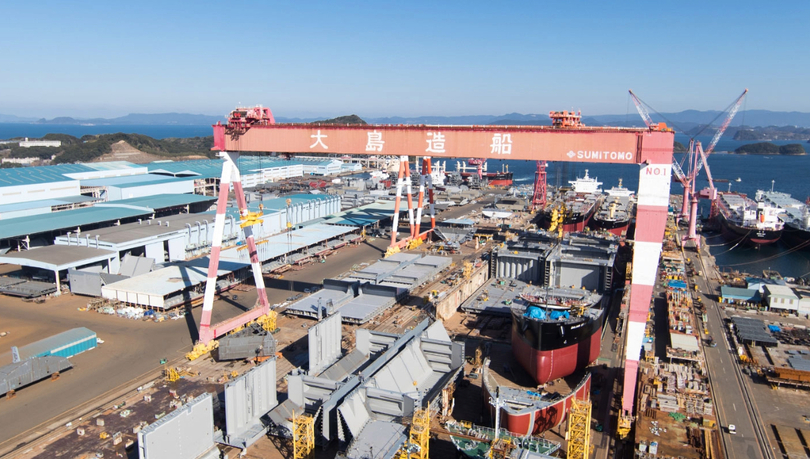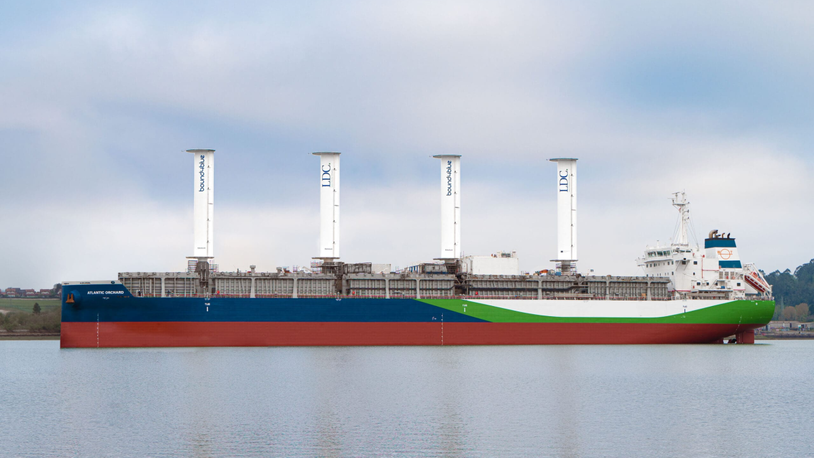Business Sectors
Events
Ship Recycling Webinar Week
Contents
Register to read more articles.
Tanker terminals face shore power challenges
The use of shore power is advancing, but hurdles remain across terminals, designs and regulatory regions
As regulations tighten and emissions expectations increase, tanker terminals are coming under new pressure to offer shore-power connections. But while the case for reducing emissions from vessels at berth is broadly accepted, the realities of implementing this in the chemical and product tanker trades is proving complex.
DNV senior vice president and global segment director for tankers, Catrine Vestereng, explains the practical steps and the regulatory, operational and commercial dilemmas now confronting terminals and tanker operators alike.
“The push for shore power in the tanker sector is driven by tightening emissions regulations and growing pressure to decarbonise port operations,” she explains. “However, tanker owners and operators face hurdles, from mismatched plug designs to operational constraints and cost concerns.”
At the technical level, shore-power systems must accommodate a wide range of tanker designs. “Tankers differ in size, power demand and application, which makes standardisation difficult,” she says.
“A gas-safe area needs to be created and maintained at the connection point”
Physical connection is another issue. “Many terminal jetties are designed in a way that the plug-in needs to be in the hazardous area where the cargo manifolds are located. A gas-safe area needs to be created and maintained at the connection point.”
Some progress has been made, with a growing number of tankers now being delivered with “ready” solutions. In such cases, the onboard electrical systems are set up to receive shore power but the final plug-in location – whether midship or at the deckhouse – may not be finalised. “This uncertainty reflects the lack of agreed standards in tanker shore-power design,” says Ms Vestereng.
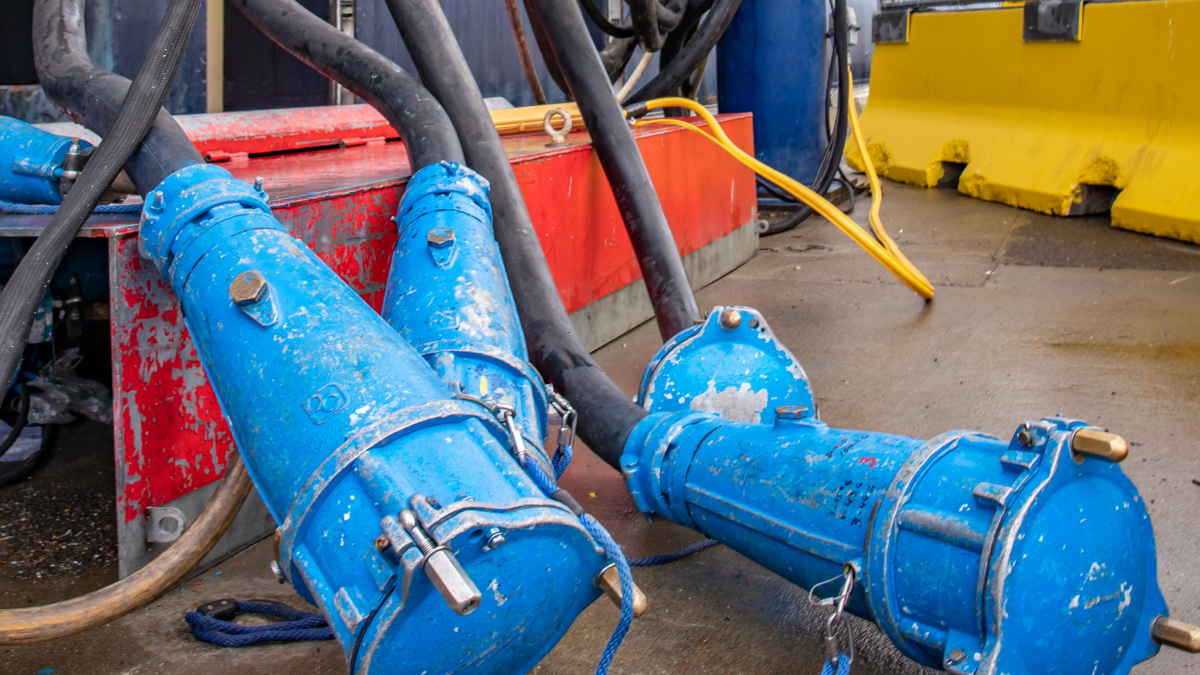
On the subject of standardisation, she acknowledges movement but points to an uneven picture: “The IEC/ISO/IEEE 80005 series of standards is the primary framework for shore-power connections, but the level of implementation varies from region to region.”
Guidance is expected shortly from the Oil Companies International Marine Forum (OCIMF), which should inform future revisions of the IEC/IEEE 80005-1 standard. In this context, classification societies like DNV play a shaping role. In 2023, DNV updated its shore-power rules specifically for oil and chemical tankers, addressing technical needs and safety concerns. Ms Vestereng notes that this includes guidance on safe arrangements for connecting points and cables.
DNV is also involved in the IEC/IEEE/ISO joint working group and contributed to the OCIMF guidance. DNV has supported industry assessments of regulatory strategies too. One example was its technology assessment of the emissions control measures within California’s updated Ocean-Going Vessels At-Berth Regulation, carried out for the Western States Petroleum Association.
As for the cost-benefit calculation, the picture remains mixed. “While the upfront costs for installing shore-power systems can be substantial, this can be offset with long-term benefits,” says Ms Vestereng.
These include lower fuel costs and the avoidance of penalties for non-compliance in regions where shore power is now expected. “Tankers using shore power can significantly reduce fuel consumption while at berth, leading to lower operational costs over time,” she adds.
The DNV Maritime Forecast to 2050 suggests that activities in port account for 7% of global ship energy use. This could be reduced by using shore power, even in cases where the electricity supply is not fully renewable. “Significant well-to-wake emissions reductions can be achieved due to the higher efficiency of direct electricity use,” Ms Vestereng observes.
Regulatory requirements are already influencing ship and port development. The FuelEU Maritime regulation mandates shore power use for container and passenger ships by 2030. Tankers have not been included, but other regional measures are filling the gap. “The California Air Resources Board regulation requires emission control for tankers visiting the Port of Los Angeles or Long Beach from January 2025, with the mandate extending to all California terminals by 2027,” Ms Vestereng says. “Although few of these terminals have implemented shore-power infrastructure, this is under development.”
Infrastructure readiness is now a central concern, too. “We are already seeing expanded shore-power capability in large ports like Singapore and Rotterdam, and also smaller ports, like in Sweden,” she notes. But the challenge remains global, and uneven. “Investment is needed to make shore power more widespread and accessible,” she says.
Ms Vestereng’s message is clear: progress is being made, but practical and regulatory hurdles remain. Shore power’s wider adoption will depend as much on cross-sectoral co-operation and infrastructure planning as it does on individual shipowner choices.
DNV senior vice president and global segment director for tankers, Catrine Vestereng will be taking part in Riviera’s International Chemical & Product Tanker Conference, which will be held in London, 23 April 2025. Click here for more information on this industry-leading event.
Related to this Story
How new technologies help owners cut fuel costs, remain compliant
Events
Ship Recycling Webinar Week
International Bulk Shipping Conference 2025
Tankers 2030 Conference
Maritime Navigation Innovation Webinar Week
© 2024 Riviera Maritime Media Ltd.

